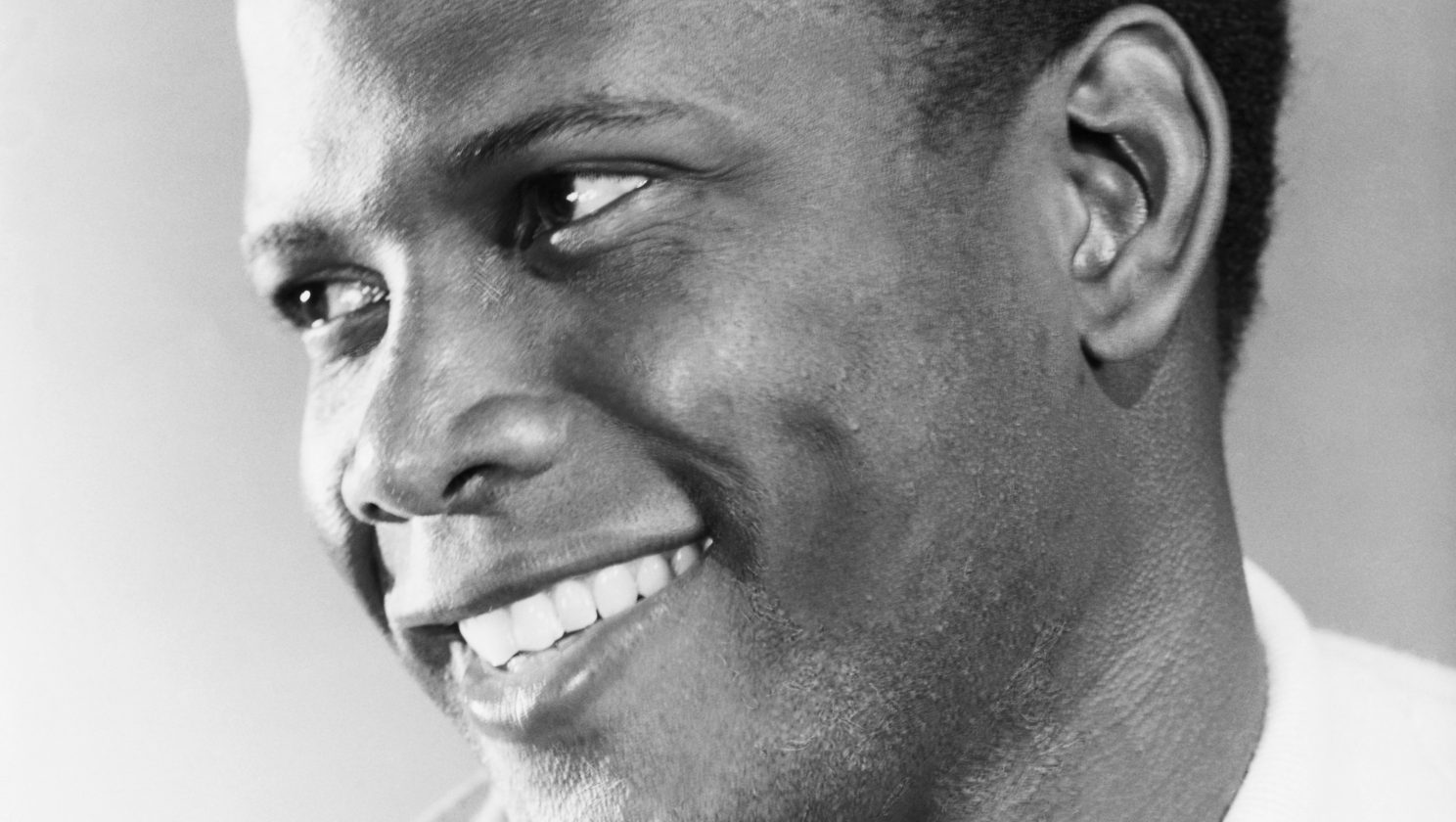For me, vintage cinema is that era before the dominance of the director and above all the producer in an effort to get audiences off the couch in front of the telly and back into the movie houses.
Before that time, The Face reigned, that vehicle created by both the director and the actor.
The Face is the real storyteller in vintage, and the close-up its greatest tool.
The close-up in vintage requires a face of great beauty, a face that would make a baby respond in joy, a face – not a blank canvas – but one in which an arena of both emotion and storytelling can exist.
The greatest close-up in vintage is the end of Rouben Mamoulian’s Queen Christina (1933).
Greta Garbo, the queen of the movies, had taken time off. So the director wanted to remind the audience of why they had come out of their houses or apartments or wherever they lived, and what ultimately they were sitting in the dark for.
Mamoulian instructed Garbo to make her face void of emotion. To not blink. And to just look into the camera. That, he explained to her, would enable the audience to write its own story. It would make the audience the director and screenwriter. And therefore hold the moment. Revisit the film. Be entertained in that most profound way: by and through their own agency.
To be able to do this, make this happen, requires great beauty in the sense that the ancient Greeks saw beauty: as a kind of symmetry and balance and stillness. This, of course, is not the only definition of beauty, both on screen and off, but it is the easiest to grasp. To see.
Because our brain is hardwired for it, at least in the so-called west.
It is this kind of beauty, this stillness that Sir Sidney Poitier had, and has, on the screen. He is, after Garbo, the greatest beauty in vintage cinema. That is apparent straightaway.
In Joe Mankiewicz’s No Way Out (1950), made after the era of vintage cinema but in some ways part of it, Poitier plays a doctor who has to treat a white racist.
He endures all manner of insults and is even out-acted, which sometimes happened frequently, but we cannot stop watching him. We wonder what he is thinking; what he is really feeling.
Above all, we observe and enjoy his beauty, a beauty that does what the screen is supposed to do: stop us in our tracks. Remake us, in a sense.
Even in as awful a movie as Jack Cardiff’s The Long Ships (1964) in which Poitier plays a so-called “Moorish King” with the kind of hair that used to be called where I come from: “dyed, fried, and laid to the side” his beauty out-acts his part, takes us out of the surroundings and puts us in that space where we can dream. And we do.
Audiences knew, maybe deep down inside, that we went to Poitier movies back then not only for their increasing messaging during the civil rights era: but just to look at him. To gaze at him.
It is fascinating that, like Garbo, he had been a child living outside of the United States, and in a sense, foreign to it. An alien. Not only to the country in which he lived and worked: but to us – the audience. He seems always to be searching for his place; wondering if he will stay or go, whether he will settle.
In Guess Who’s Coming to Dinner (Stanley Kramer, 1967) he plays opposite the powerhouse duo of Spencer Tracy and Katharine Hepburn in what was to be Tracy’s last film.
Even with all of the experience and history and power that they bring to the screen in a poor movie, Poitier outshines them. Because of his still beauty.
Which makes him immortal.




